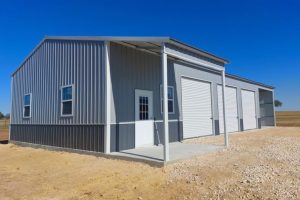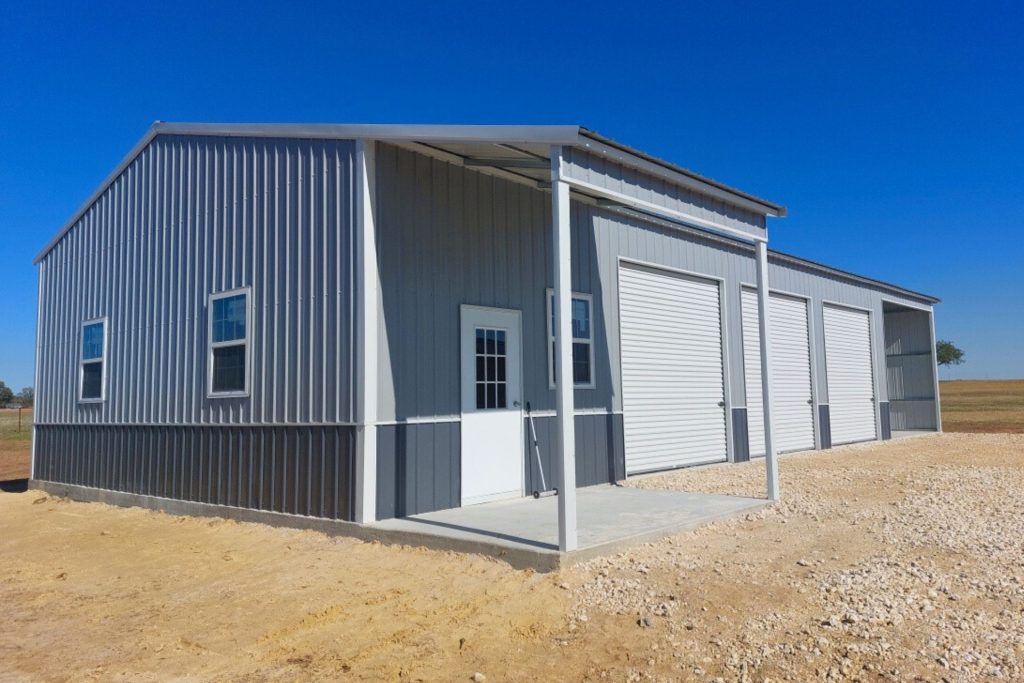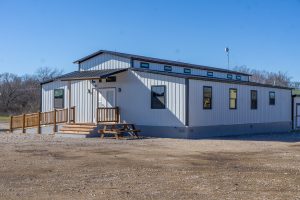Introduction:
When it comes to constructing robust and durable buildings, two heavyweight contenders take center stage: steel tube buildings and red iron structures. Both options offer excellent strength and reliability, but they differ in their construction techniques and benefits. In this blog post, we will explore the advantages of steel tube buildings over red iron structures, helping you make an informed decision for your next construction project.
Superior Strength and Durability:
Steel tube buildings are renowned for their exceptional strength and durability. The use of hollow steel tubes as the primary structural component offers inherent rigidity and resistance against external forces such as wind, earthquakes, and heavy snow loads. Unlike red iron structures, which rely on I-beams and columns, steel tube buildings distribute weight and stress more evenly, resulting in increased structural integrity and longevity.
Cost-Effective Construction:
Steel tube buildings often offer cost advantages over red iron structures. The use of hollow steel tubes allows for efficient material utilization, reducing waste and lowering overall construction costs. Additionally, steel tube buildings typically require less labor and time to assemble, leading to further cost savings. The cost-effectiveness of steel tube buildings makes them an attractive option for various applications, from residential garages to commercial warehouses.
Design Flexibility:
Steel tube buildings offer remarkable design flexibility, allowing for creative and versatile construction options. The inherent strength of the steel tubes enables longer spans and larger open spaces without the need for additional support columns, providing freedom in architectural design. With the ability to customize dimensions, roof pitches, and building shapes, steel tube buildings offer endless possibilities to meet specific aesthetic and functional requirements.
Ease of Construction:
Building a steel tube structure is often faster and more straightforward than constructing a red iron building. The lightweight nature of steel tubes allows for easier handling and assembly, reducing construction time and labor costs. Furthermore, steel tube buildings often utilize bolt-together connections, eliminating the need for complex welding on-site. The simplicity and efficiency of steel tube construction can help streamline the building process and accelerate project completion.
Sustainability and Environmental Benefits:
Steel tube buildings offer significant environmental advantages. Steel is a highly sustainable material as it is recyclable, reducing the need for new raw materials and minimizing waste. Additionally, steel tube buildings can incorporate energy-efficient features, such as insulation and reflective roofing, reducing energy consumption and environmental impact. By choosing a steel tube building, you’re making a greener choice that aligns with sustainable construction practices.
Conclusion:
While red iron structures have long been a popular choice for construction projects, steel tube buildings offer distinct advantages that are hard to overlook. With superior strength, cost-effective construction, design flexibility, ease of assembly, and sustainability benefits, steel tube buildings emerge as a compelling option for a wide range of applications.
When considering your next construction project, carefully evaluate your requirements and weigh the benefits of steel tube buildings against red iron structures. With their impressive combination of strength, cost efficiency, and design flexibility, steel tube buildings may be the winning choice that propels your project to new heights of success.





